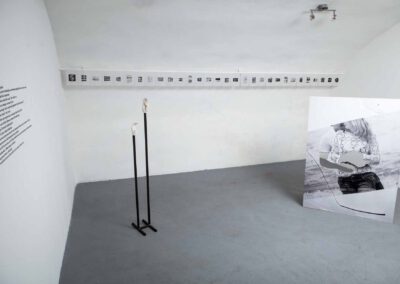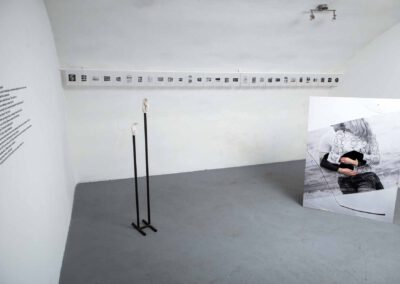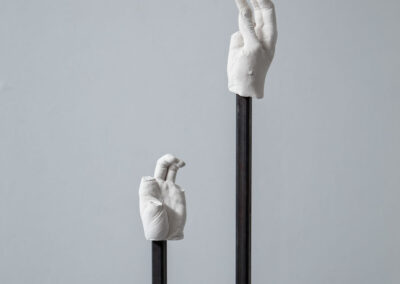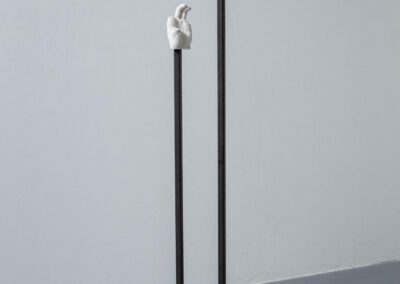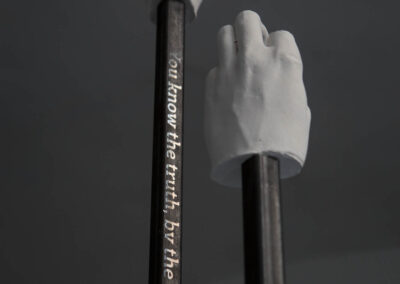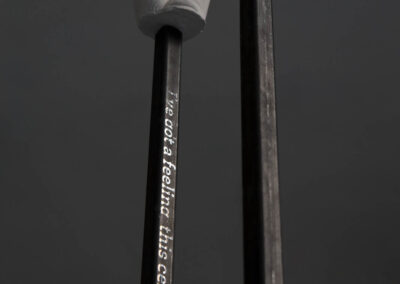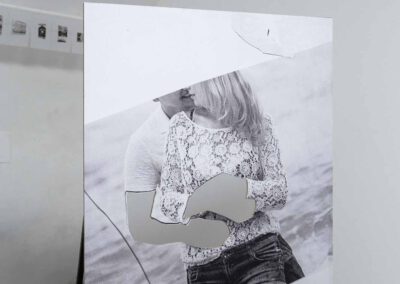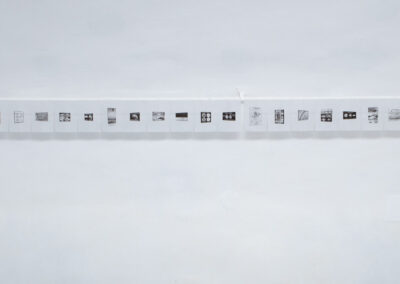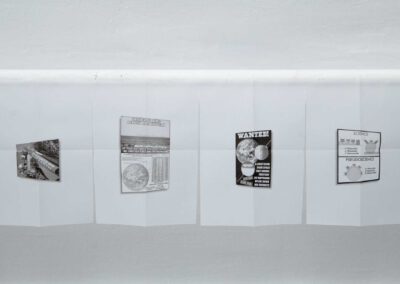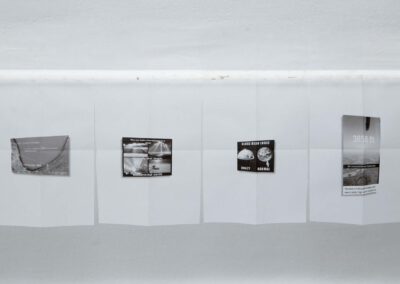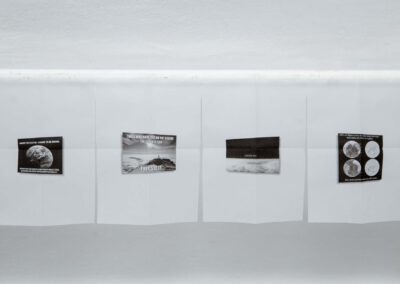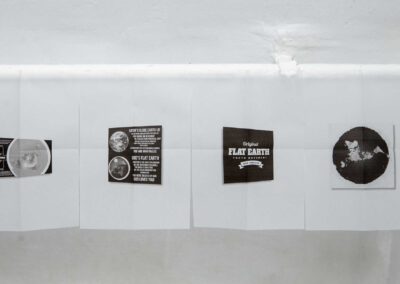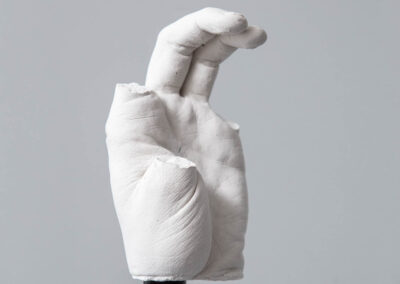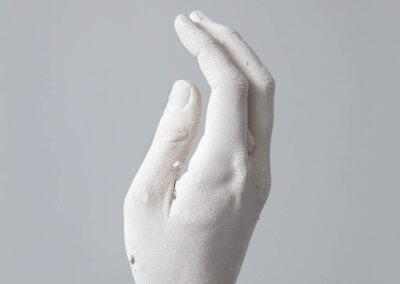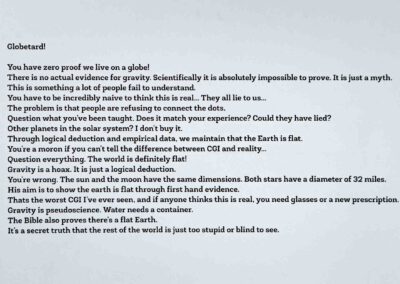Flatiness – Ines Karčáková, Áron Kútvölgyi-Szabó
2019. 04. 01.
Truthiness is a quality of seeming or being felt to be true, even if not necessarily true. Flatiness is a similar characteristic, only it feels to be flat, even if it’s not necessarily flat. But how do we know if something is really flat or not? Or how do we perceive if it’s round, especially if that particular thing is the size of the Earth? What if that certain thing in question is the Earth itself?
We tend to think that the concept of facts, proof, logic, analytical examinations can guarantee a reasonable output, without misuse. But what if they applied to support a theory which concludes the Earth is flat? A seemingly funny idea which can quickly become the center-point of a unique worldview, which rejects mainstream science (due to the lack of trust), and at the same time going back to direct empirical observations, to gain first-hand evidence. Since what can be easier than the belief in our own senses, just like the way Doubting Thomas has used his hand as an instrument
Research shows that there is a correlation between feeling a lack of control in your life and belief in conspiracy theories. The desire for control and security are essential in our lives psychologically, even if it just feels or seems like and not necessarily exist. Sometimes it’s enough if we can just imagine or pretend – as we do automatically when standing behind a photo wall or uploading an image to social media – since maintaining a positive self-image is necessary for happiness.
Though the oversimplified notion of happiness just results in a miserable, dissatisfied frame of mind, yet to change the world by your own two hands is kind of hopeless, however, it’s much easier to change your perception of the world and how you see yourself in it. Flat earthers are lucky to live in an age when choosing your own preferred version of reality is not a big deal anymore – and not just on an April Fools’ Day.
Ines Karčáková recently finished her master degree at photography department (The Studio of Photography and New Media) FAMU in Prague. In her work, she focuses mainly on revealing the properties of photography media, primarily interested in the truthfulness and credibility of the testimony through the image. Her long time research is devoted to comparing aesthetics of scientific images (especially astronomical photography) with photographs used in popular media.
Áron Kútvölgyi-Szabó’s artistic practice deals with the doubtfulness of knowledge, particularly the parallelism of alternative facts and beliefs as various forms of ‘counterknowledge’. Currently, he is studying in the Doctoral School of the Hungarian Academy of Fine Arts, where his research is focusing on the current symptoms of the post-factual era from the perspective of the image and spatial theory.
The exhibition is the last part of exchange project “Ping-Pong, artist-run spaces from V4” initiated by HotDock project space.
The project is co-financed by the Governments of Czech Republic, Hungary, Poland and Slovakia through a Visegrad Grant from the International Visegrad Fund. The mission of the fund is to advance ideas for sustainable regional cooperation in Central Europe.

